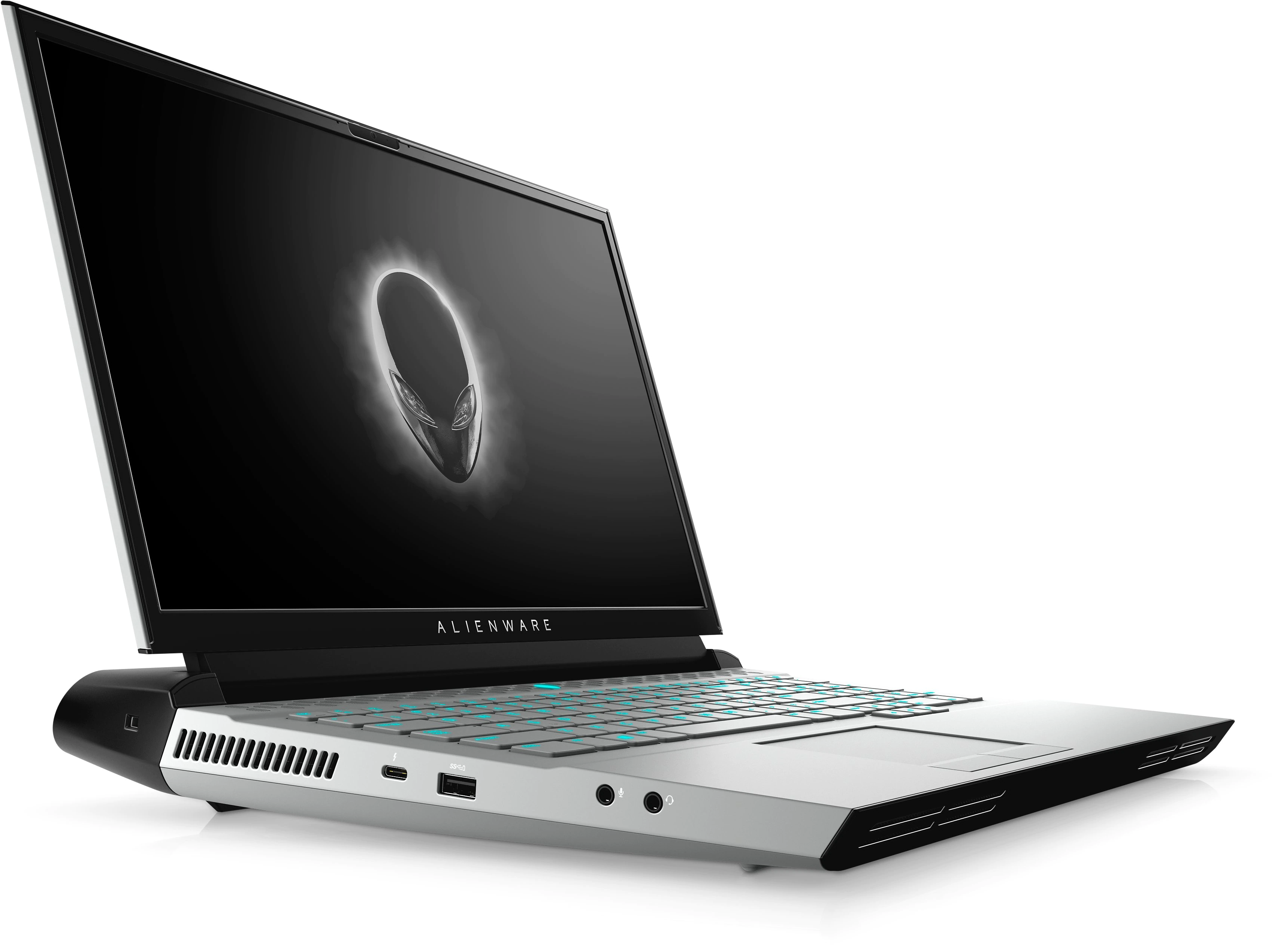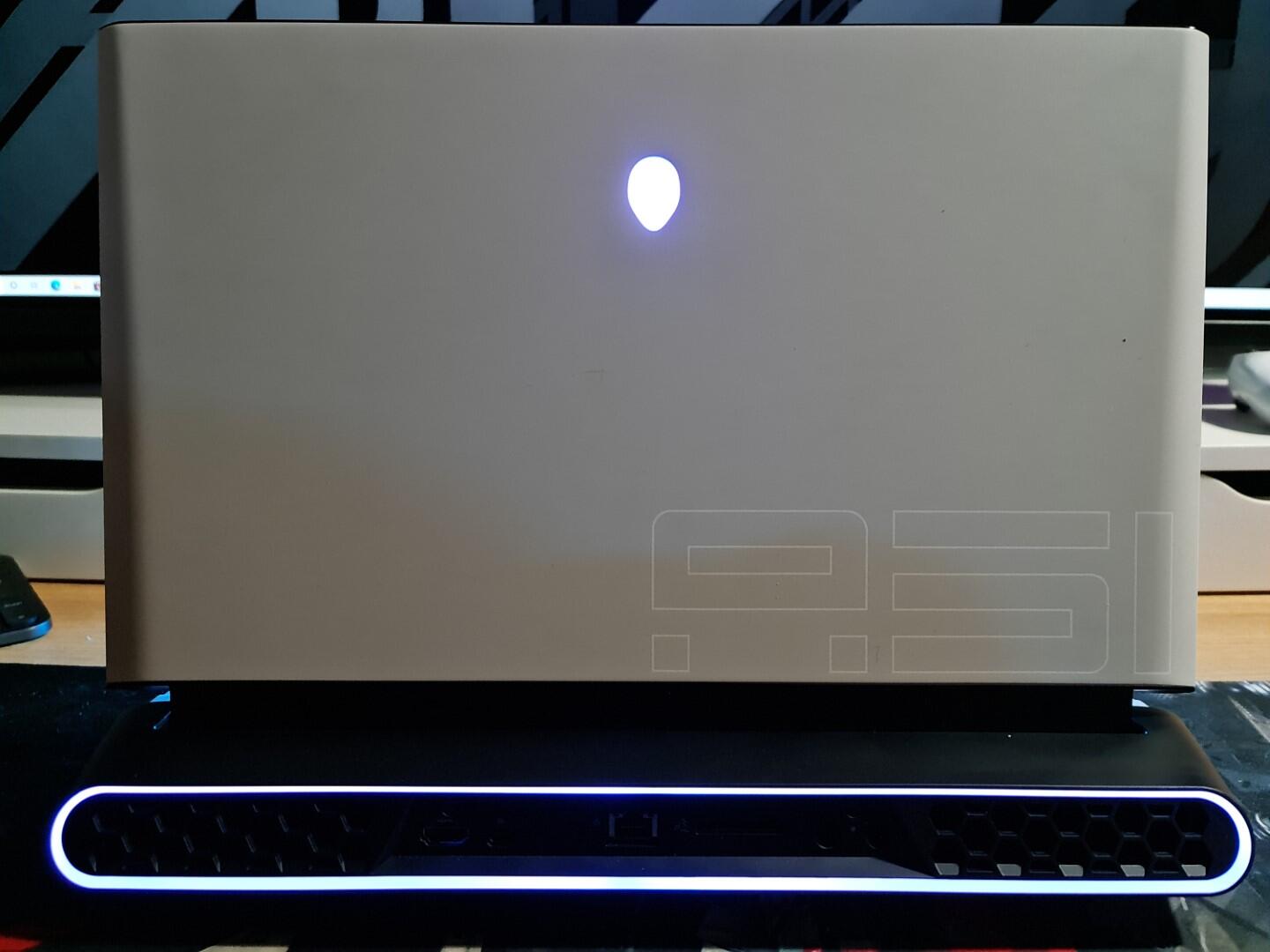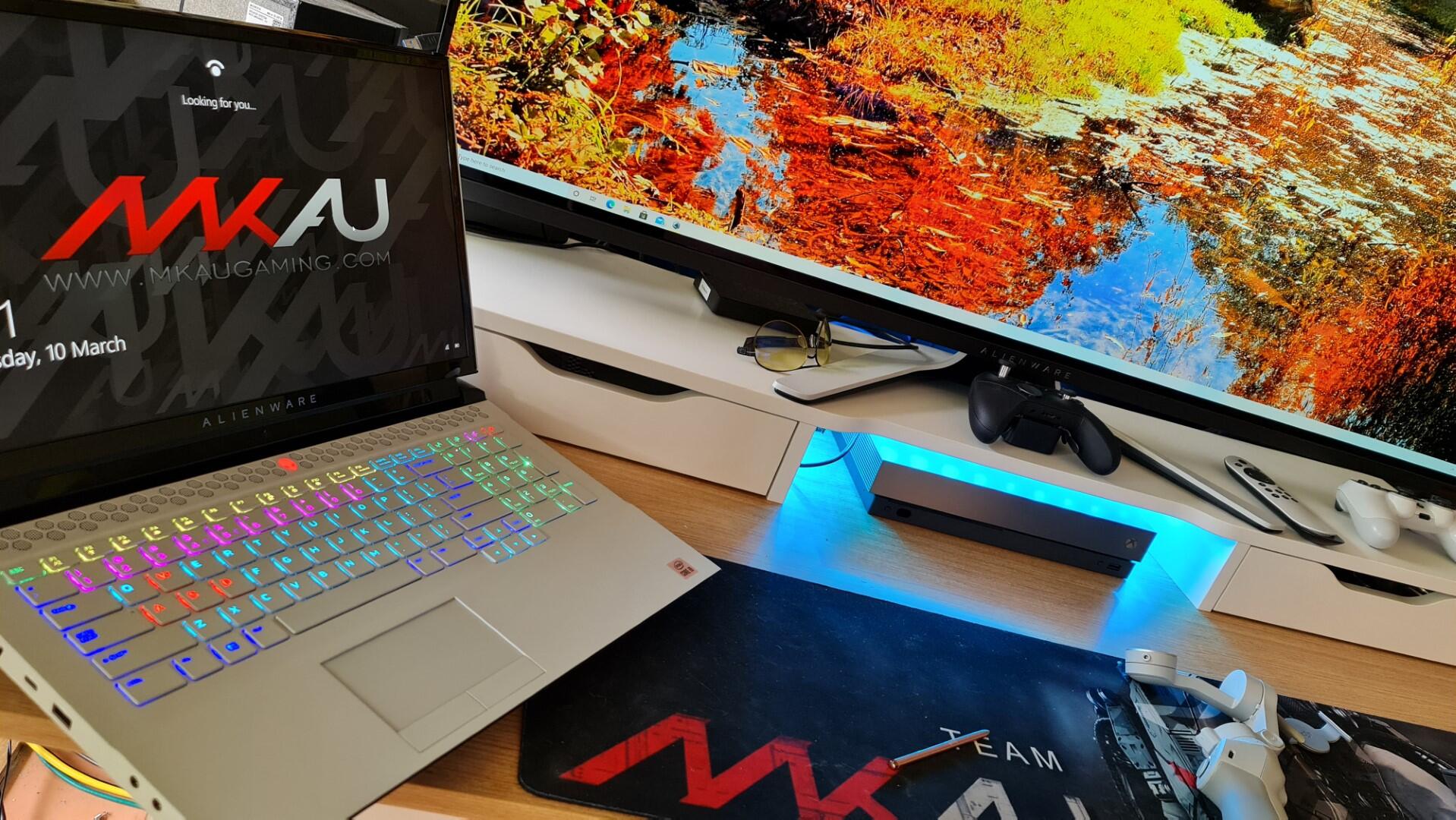There is a reason why, almost a decade ago, I decided to move away from PC’s for playing video games, in favour of console gaming. The one and only reason was cost.
To put that statement in context, I started my gaming journey in an era where the Sega Master System & Nintendo Entertainment System (NES) were duking it out in the gaming platform wars. My first experience playing a video game on a computer was when I played Load Runner on an Apple IIe. My first PC experience was on my cousin’s 386.
The specs of that PC look a little like this:
- CPU: 386sx @ 33Mhz
- RAM: 2 Megabytes
- GPU: VGA with 512 Kilobytes video ram
- HDD: 128 Megabytes
- Disk Drive: Single Speed with CD Caddy
It also came with a 14” CRT VGA monitor!! WINNING!
The price of this beast-mode PC was………. AU$3,500 Oh Yeah!
Then about a year later, my family got our very own 486dx 66Mhz, 4Mb RAM, 512MB HDD PC for the tidy sum of AU$2,600.
History lesson aside, my point is that if you wanted to always have the latest tech in computer hardware, it is a very costly exercise. It was back then, and I dare say it is even more so now.
Comparatively, when it comes to gaming consoles, the initial financial outlay is generally below half the cost of a similar performing PC.
Before I start getting too nostalgic about my foray into video gaming, let’s get back to 2021.
Today, there are so many platforms and devices to choose from to get your gaming fix. For the sake of this review, I am only looking at offerings from Nintendo, Sony & Microsoft. While Apple is a major player in the tech arena and do offer desktop and laptop computers, it is safe to say that those offerings are not really on the same level when it comes to playing video games. And if you think they are, then you are wrong!! … Well, not really. “Beauty is in the eye of the beholder” as they say & you are of course, entitled to your own opinion. I just never get to say “You are wrong” in my house.
I guess I should at least introduce the subject of this review at some point, I mean, I am a page in already and haven’t even mentioned the Alienware Area51m-r2 Gaming Laptop offering from Dell, aaaaand now I have!
For almost 3 weeks I used this machine like it was my own. I used it for both work and play. The Area51m-r2 I was supplied to play with was the top spec FHD version.
Powering up this bad boy was left to the not 1, but 2 external power “bricks”. You read that correctly, this machine required 2 power supplies to run at full noise! With both power bricks connected, the power output totalled 570 watts. The 570watts is split in to 240w & 330W. One thing to note, you can run on just one power supply. Either one. They both could run singularly. I wouldn’t recommend it however, as less power meant CPU & GPU throttling.
Take a look at the comparisons below to see just HOW much throttling was taking place. Still, it is nice to know that you can continue to work with just one power supply. Just don’t game.
A Presence to Behold
The first thing you notice when unboxing the Area51m-r2 is the weight of it. Depending on your configuration, the machine weighs from 4.1kgs to 4.7kgs. Couple this with the 2 supplied power adaptors and you can forget about this being anything but a portable workstation.
The second thing you will notice is that you are supplied 2 power bricks. I thought, “goody! A Spare!” I guess it kind of was, only in the way that you can run with just one power brick, but you actually need both connected to experience all this machine has to offer.
Once you have found space on your desk for the Area51m-r2, the second thing you will notice once you open up the clamshell that houses the 17.3” display, is that patterned, hexagonal Alienware design running across the top of the keyboard area which forms the grille for the speakers. Like it or hate it, the Alienware design certainly distinguishes itself from the rest.
I have always been in the “hate it” camp, but I now admit that it grew on me and I really quite like it. It is different and being different isn’t a bad thing.
Around back are the majority of the I/O ports, which includes the Dell proprietary external GPU connector and the 2 power adaptor connectors. All of this is housed between 2 hexagonal-patterned exhaust fan grilles, surrounded by what is labelled the “Tron” RGB LED.
The Keyboard and mouse trackpad are both RGB lit, that is customisable in the Alienware software once you are set up and running.
Under the Hood
Housed inside this behemoth is the beating heart of raging monster just waiting to unleash its power! Albeit a monster from last generation. Check out the specs below and before you roll your eyes and think it is already old and outdated, Area51m-r2 has 2 “hidden” gems that most gaming or performance laptops lack. When it comes to laptop hardware, there is more to them than meets the eye.
Alienware Area51m-r2 specifications as reviewed:
- 10th Gen Intel® Core™ i9 10900K (10-Core, 20MB Cache, 3.7GHz to 5.3GHz w/Thermal Velocity Boost)
- Windows 10 Home, 64-bit, English
- NVIDIA® GeForce® RTX 2080 SUPER™ 8GB GDDR6
- 64GB Dual Channel DDR4 at 2933MHz
- 1TB NVMe M.2 PCIe SSD
- 17.3″ FHD (1920 x 1080) 360Hz 5ms 300-nits 100% sRGB color gamut + Tobii Eyetracking + NVIDIA G-SYNC
Apart from the standard ports you would expect to see on any given laptop these days, the Area51m-r2 also houses a dedicated external GPU port. To use this port, you would need to purchase Dell’s own external GPU box aptly named, “Alienware Graphics Amplifier” and another GPU… obviously. As far as I can tell with a search of the Dell website, the supported GPU tops out at the RTX2080Ti.
Tobii eyetracking also comes with some configurations. I tried this feature on Tomb Raider and MS Flight Simulator, I can’t say i was overly impressed if I’m honest. Don’t get me wrong, I was surprised by just how accurately my eye movements could be tracked, but I would hazard a guess that a 17″ display was holding it back from working to its fullest while gaming. If you have a use for Tobii, then great, if not, it is probably a feature you can live without.
The Alienware keyboard features N-key rollover technology enables over 103-key commands for maximum actions per minute and 1.7mm of key travel allows for rapid response for any keystroke. Per-key AlienFX lighting delivers customizable lighting profiles, while programmable macro keys let you create gaming and non-gaming shortcuts for over 150 game titles.
Cabled networking is boosted with the 2.5Gbps bandwidth Ethernet port. This gives gamers 2.5x the amount of common wired Ethernet connections for blazing-fast file transfers.
The Thunderbolt Type-C multi-use port is ready to be used as a USB 3.1 port, offering 10Gbps of data transfer, a Thunderbolt™ connection capable of 40Gbps, or even a DisplayPort enabling various monitors supporting the DisplayPort protocol.
The Area-51m R2 can also support up to 2TB quad storage for massive storage and redundancy options with RAID5 capabilities, giving you added performance and security to ensure your files are always safe and available.
When it comes to the display, there are 2 options. A Full-HD 1080P 360hz option or 4K UHD 60hz option. While it is nice to be able to natively vsync at up to 360frames, the reality is that you will be hard pressed to push a graphically intensive game that far on this machine. I managed to get over 100fps in Tomb Raider with everything maxed out, so aiming for 360 without taking a massive graphical hit is just not worth it. My opinion would be that you are likely better off with the 4K option.
At least with the 4K option, you can still play at the sweet spot of 1440p/60 with the graphics set to the higher end of the scale in most games. The 2080S, even in a desktop, was never really a 4K GPU. It could manage it of course, but it was more settled at 1440p.
The Area51m-r2 Difference
On the specifications sheet, the 10th Generation CPU and RTX 2000 Series GPU shout “Last Gen”. To get the bigger picture however, you need to look beyond those numbers and focus on the 2 power bricks. This is the first “hidden” gem.
The reason for 2 power bricks is because that “last gen” CPU and GPU are within a whisker of their desktop counterparts when it comes to performance and power draw.
You can purchase a laptop for about the same price as the Area51m-r2 that comes packing a RTX 3000 series GPU. And it will most likely be a RTX3080 at that price point. However, you will find that it will have a single power brick capable of somewhere around the 330w mark.
With the Area51m-r2, you have a total of 570w to play with. You would have to expect some performance compromises while running a high-end CPU & GPU, display, RGB lighting, USB ports, Wifi, SSD, fans etc etc, on 330w. If you tried to run all of that on desktop machine, it would have heart failure.
The Area51m-r2 simply has more electricity flowing through its circuits to play with which is what gives it somewhat of an advantage. Does this machine outperform a 240w, RTX3080 counterpart? I honestly can’t answer that as I did not have a unit to compare it to. I can offer numbers from what benchmarks I did run, and you can use them to compare if you get the opportunity. Updated 16 April 2021 Dell kindly sent us an Alienware m15 R4 i7-10870H 8C/16T | 32GB DD4-2933 | RTX3080 8GB (Laptop), I have now run the same TimeSpy Benchmark on . Please Dell, Can I have the Area51m back? It has certainly proved itself to be a beast!
The second gem is the overclocking ability you have at your fingertips. This machine is built for overclocking. Both the CPU and GPU can be overclocked significantly. I pushed the unit to the max just to see if it would withstand the stress, it didn’t. With enough cooling, I have no doubt it would hold up without a problem however, it is a laptop with limited real estate inside that case.
There are 2 factory overclock settings available of which I tried both, it didn’t faulter. It did get hot, but even under full load, it performed beautifully.
Something else that sets the Area51 series apart from the rest of the pack, is the ability to replace the major internal parts just as you would in a desktop. The difference is however, the components can only be replaced with Dell Alienware Parts, unlike your standard PC where you can just wonder on down to your local computer store and purchase any brand of any part that will fit your PC. Well… that is… what the history books say. I don’t remember what it was like to wonder to any store these days.
The fact that you can replace significant parts in your expensive laptop is great, but the availability and proprietary nature of those parts don’t make for much of a marketing managers dream. Given that the expectation to be able to replace the internals of your laptop are nil anyway, even a limited ability to upgrade or replace a GPU is still better than not at all.
The Benchmarks
3D Mark
Both power supplies @ 1080p – TimeSpy
330W power supply @ 1080p – TimeSpy
240W power supply @ 1080p – TimeSpy
To Buy, Or Not To Buy. That Is The Question.
 Purchase you very own Area51m-r2 powerhouse here
Purchase you very own Area51m-r2 powerhouse here
I will admit that I have never been a big fan of Alienware, I have even said this to our lovely Dell PR rep that looks after us here at MKAU. Don’t get me wrong, I am not saying there is anything wrong or inherently bad about their products, in fact, it is quite the opposite. It would be mostly the price and the design I never fell in love with that were my main issues.
I mentioned earlier that I almost pulled the trigger on purchasing one of these Alienware behemoths for myself, I’ve never personally owned a PC kitted with hardware about 1.5 generations old. It’s a cost thing. After doing the responsible thing and redirecting that money to paying off my car, I began looking around at cheaper alternatives. I won’t bore you with the details, but while I managed to find a number of similarly spec’d machines for close to 60% of the cost of the Dell offering, none of those manufacturers offered anything other than a 1 year, return to base warranty. At least with Dell, you have the option to spend a bit more and attach a warranty of up to 5 years that consists of next business day, on-site warranties that also cover accidental damage! I gotta tell ya, that accidental damage bit is worth its weight in gold as far as I am concerned.
Just some food for thought when considering your next purchase with your hard earned cash.
The Area51m-r2 is a bit of a mixed bag when it comes to purchasing one. I personally loved the machine, so much so, I almost purchased one. Almost. I instead, ended up using the $6,500 I had put aside for my very first Alienware purchase, to pay off my car.
And that is just it, with a price tag that is a fair bit north of affordable for most of us, it is a tough call to make to spend your cash on a new machine that quite rightly, could be classed as “last gen”. There is a lot to love about this machine, even the cooling is efficient enough to withstand a good amount of overclocking. If you happen to catch a deal on the Area51m-r2, grab it! Otherwise maybe wait a bit longer as the sticker price can be a little hard to swallow.
As far as hardware goes, Dell have done a stellar job on putting together a solid machine. In my time with this unit, I had zero problems with. I didn’t even experience the dreaded Blue Screen Of Death. While I am sure that over time Windows 10 would show its ugly BSOD because, well, it’s Windows…, one of the most efficient ways for OEM’s to help minimise those types of problems is with quality components and well written drivers to match. And at this price point, I would expect nothing less than the best from Dell.
I have come to the end of my thoughts and opinions on this angry grizzly bear of a laptop, and this is where I have to give it a mark out of 10. Let me say that, in my mind, without fully knowing just how much is put in to building a machine such as this, if I don’t look at the price tag I would give it a 10. It grew on me. I hated packing it up and sending it back. If I am to compare numbers with numbers, with what is available in the market, well…..
NOTE: MKAU Gaming receives no compensation for this review from Dell or its affiliates. The unit that was reviewed by MKAU was supplied by, and returned to Dell.
The Good
- Overclockable
- Slots For More SSD's
- Build Quality
- Ample I/O Ports
- Desktop-class Power
- Optional Warranty
The Bad
- Heavy & Bulky
- Comparitivly High Price Point
- "Last Gen" GPU



























